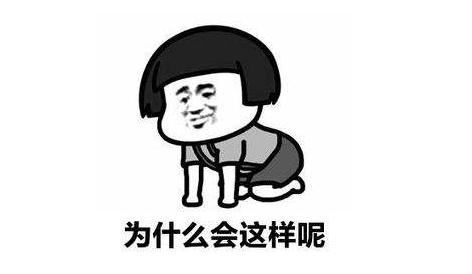问题背景
能准确说出下面的 java 执行完毕后会打印出什么?
System.out.println(
String.class.getName()+ ".class");
System.out.println(
String.class.getName().
replaceAll(".","/") + ".class");
相信对于第一行,大部分人不会犯错,打印
java.lang.String.class
我们想使用/去分割类的包,期待打印的结果为
java/lang/String/class
真实返回的结果是这个样子的:
////////////////.class
为什么会这样呢

问题在于String.replaceAll 接受了一个 正则表达式 作为它的第一个参数,而并
非接受了一个字符序列字面常量。(正则表达式已经被添加到了Java 平台的1.4
版本中。)正则表达式“.”可以匹配任何单个的字符,因此,类名中的每一个
字符都被替换成了一个斜杠,进而产生了我们看到的输出。
解决方式
方式一:使用 转义字符
System.out.println(
String.class.getName().
replaceAll("\.","/") + ".class");
打印结果
java/lang/String.class
是不是有点不懂,为什么会有两个?
第一个””代表的是引用(正则表达式中的Quotation),第二个代码””转义
Quotation
Nothing , but quotes the following character
Q Nothing, but quotes all characters until E
E Nothing, but ends quoting started by Q
方式二 使用Quotation
System.out.println(
String.class.getName().
replaceAll("\Q.\E","/") + ".class");
结果也是
java/lang/String.class
也可以使用
System.out.println(
String.class.getName().
replaceAll( Pattern .quote("."),"/") + ".class");
其内部实现也是使用Quotation
/**
* Returns a literal pattern <code>String</code> for the specified
* <code>String</code>.
*
* <p>This method produces a <code>String</code> that can be used to
* create a <code>Pattern</code> that would match the string
* <code>s</code> as if it were a literal pattern.</p> Metacharacters
* or escape sequences in the input sequence will be given no special
* meaning.
*
* @param s The string to be literalized
* @return A literal string replacement
* @since 1.5
*/
public static String quote(String s) {
int slashEIndex = s.indexOf("\E");
if (slashEIndex == -1)
return "\Q" + s + "\E";
StringBuilder sb = new StringBuilder(s.length() * 2);
sb. append ("\Q");
slashEIndex = 0;
int current = 0;
while ((slashEIndex = s.indexOf("\E", current)) != -1) {
sb.append(s.substring(current, slashEIndex));
current = slashEIndex + 2;
sb.append("\E\\E\Q");
}
sb.append(s.substring(current, s.length()));
sb.append("\E");
return sb. toString ();
}
常见的特殊字符有:
EscapeSequence:
b (backspace BS, Unicode u0008)
t (horizontal tab HT, Unicode u0009)
n (linefeed LF, Unicode u000a)
f (form feed FF, Unicode u000c)
r (carriage return CR, Unicode u000d)
" (double quote ", Unicode u0022)
' (single quote ', Unicode u0027)
(backslash , Unicode u005c)
OctalEscape (octal value, Unicode u0000 to u00ff)
还有
Twelve tokens, formed from ASCII characters, are the separators (punctuators).
( ) { } [ ] ; , . ... @ ::
也可以使用下面的方法进行判断
import java.util. regex .Matcher;
import java.util.regex.Pattern;
public class CheckSpecialCharacterString {
/**
* Check whether the each character of String is special character or not using java
* @author www.instanceofjava.com
*/
public static void main(String[] args) {
String Str="Java String interview questions*$%";
String specialCharacters=" !#$%&'()*+,-./:;<=>?@[]^_`{|}";
for (int i = 0; i < Str.length(); i++) {
if (specialCharacters.contains(Character.toString(Str.charAt(i))))
{
System.out.println(Str.charAt(i)+": is a special character");
}
}
}
}
更详细的资料可以参考官方文档【3】
参考资料:
【1】java解惑
【2】
【3】#jls-3.10.6
【4】


